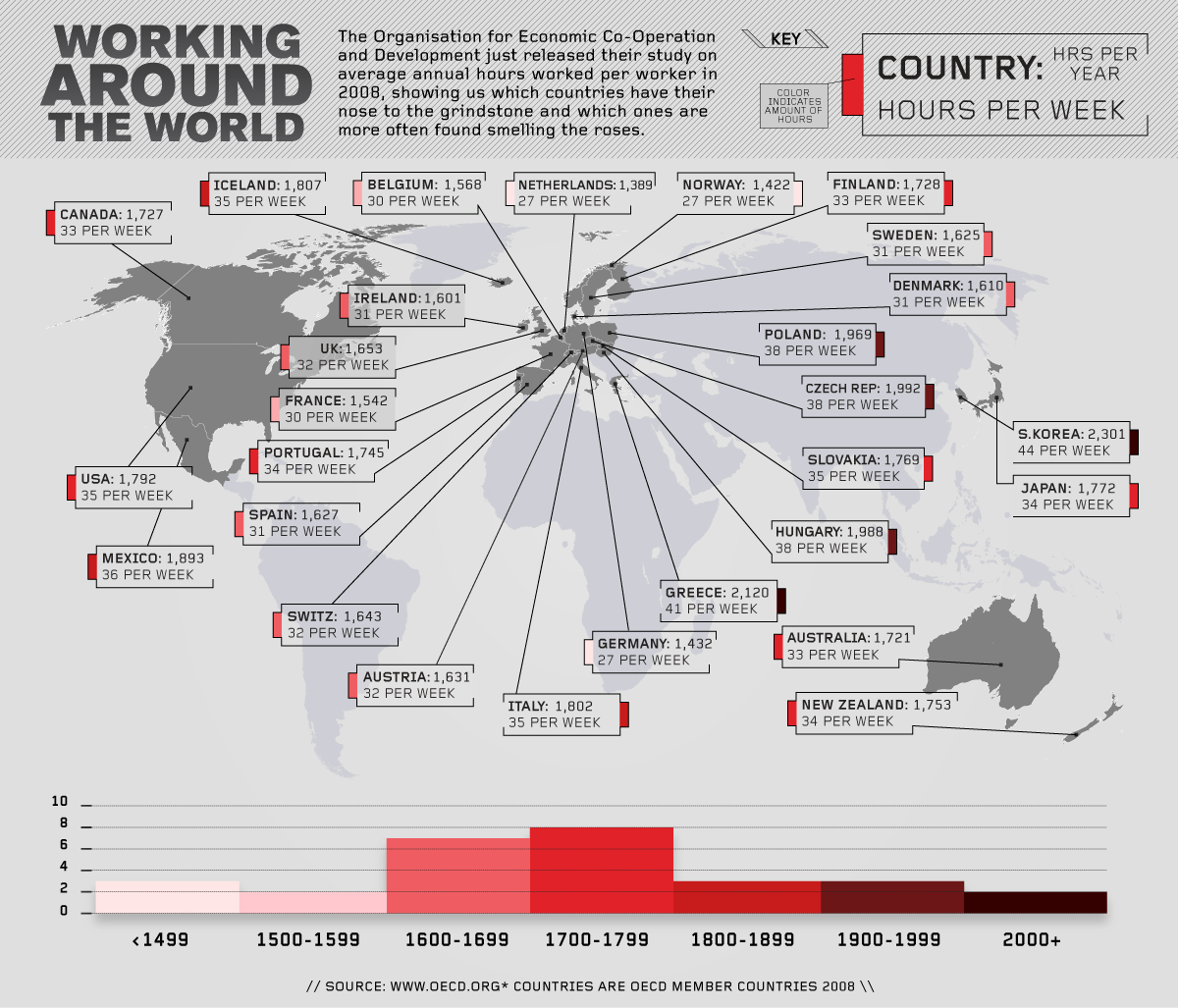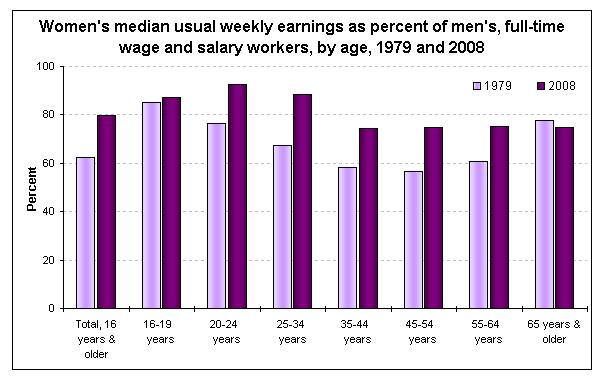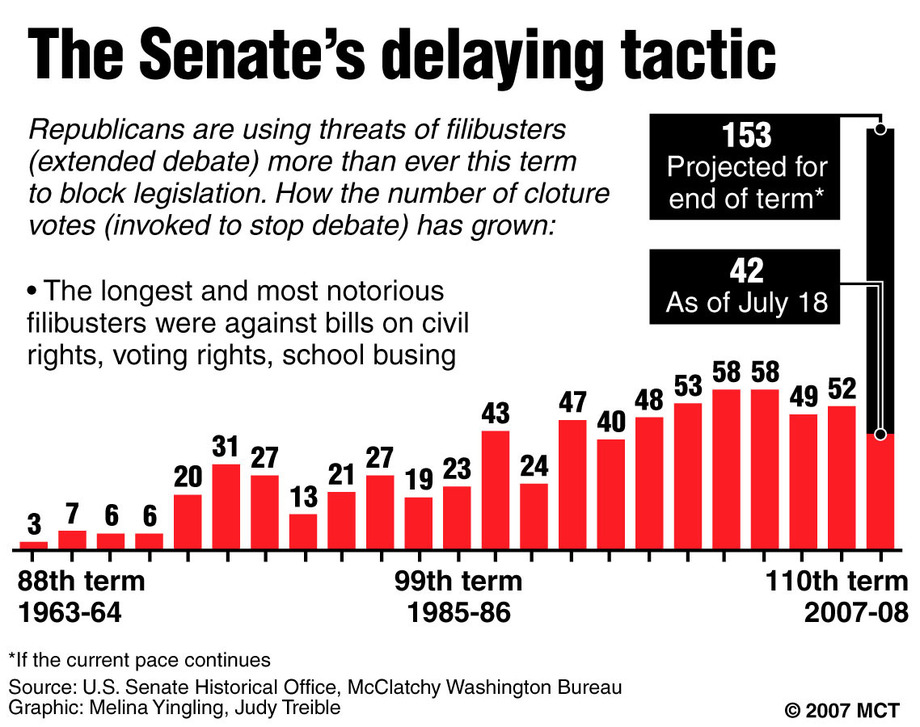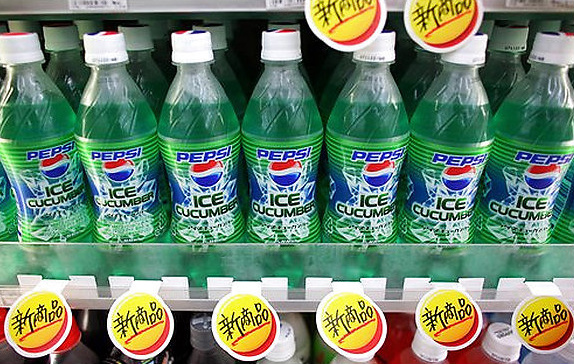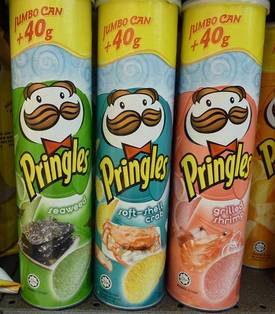
Tarte is a products sold by Sephora, which has a whole line of “naturally gorgeous” brands:

Naturally gorgeous could mean two things, I suppose:
1. You are gorgeous without make-up.
LOL… moving on:
2. Our make-up is natural.
This is what Sephora means. But if you use their “naturally gorgeous” products, will your gorgeous be natural? Not necessarily. As Audrey at Triple Pundit points out, the USDA does not regulate cosmetics, and neither does any other governmental agency. They can apply the word “natural” to any product because no entity ensures that the word actually means anything.
Audrey continues:
According to their website, their natural products are “formulated with high concentrations of plant-based and naturally-derived ingredients, and fewer to no parabens, sodium lauryl sulfate, phthalates, petrochemicals, and synthetic fragrances or dyes.” And the products in their organic section contain over 70% organic ingredients.
So Sephora says they’re natural. The Environmental Working Group however, an organization with a wholly different agenda, says that products that Sephora labels natural–such as Tarte, Caudalie, Decleor, and Korres Natural Products–present a moderate to high toxin hazard.
I think this is a really nice example of how difficult it can be to figure out what’s true. First, language is tricky and it’s used to trick us. Second, we can’t trust corporations (we just can’t). They say that they have our best interests in mind, but they do not. Third, other entities also have agendas. The Environmental Working Group is a non-profit organization, but it too has an agenda. Audrey points out that if there is a make-up that doesn’t get labeled as toxic by the Environmental Working Group, she has yet to figure out what it is.
So how do we know? More problematically, how do we know when there is a question like this to be asked of every single product and service we could buy? Because even if we had time to do the real research to figure out the answer to the cosmetics question, no one has time to do the research to figure out the answers to all the questions. And while there are website designed to tell you the answers (like the Environmental Working Group or this one on eco-labels), we still have to look more closely at them in order to know whether their answers are good. So the work in finding the truth isn’t alleviated, it’s just one step removed.
See also this post on the framing of genetically-modified food by activists and this post on what “organic” looks like.
(Image via.)
—————————
Lisa Wade is a professor of sociology at Occidental College. You can follow her on Twitter and Facebook.

